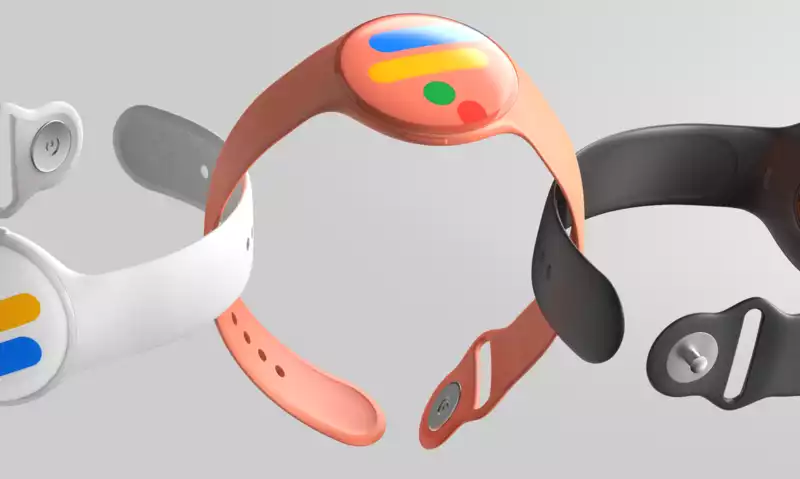Two big rumors swirling around this week's Google I/O developer conference are that Google may be launching the Pixel Watch and that the upcoming Samsung Galaxy Watch 4 will ditch Tizen and run Google's Wear OS. But it is going to take more than fancy hardware to convince people to pick up a Google-powered smartwatch.
It's no secret that I'm not a big fan of Google's smartwatch OS, Wear OS. And it seems many others are not either: in 2020, the top smartwatch manufacturers were Apple, Xiaomi, Huawei, Samsung, and Fitbit, which together accounted for about 75% of the market. None of them have Wear OS. (Technically, Xiaomi's Mi watch does, but it has been so heavily modified that it might as well be called something else.)
Of the top 20 best-selling smartwatches on Amazon, none used Wear OS: it was Apple, Fitbit, Samsung, or an obscure OS from an obscure brand; similar at Best Buy, where the first Wear OS smartwatch ranked even lower on the bestseller list.
Google hoped that Wear OS would become a common OS like Android that could be licensed to dozens, if not hundreds, of smartwatch makers. However, while Android has benefited from regular updates and new features, Wear OS updates have been slim.
The day before Google I/O, the company teased an "all-new Wear version," but little else.
As a result, there was little innovation in the Wear OS smartwatch. Features found in most good smartwatches, such as blood oxygen monitoring and EKG, were only available in the TicWatch Pro 3, the first and to date only WearOS watch with Qualcomm's Snapdragon 4100 processor, which was announced a year ago. It is not mounted on the watch.
Wear OS watches that simply look great will not be able to match it. Fossil and its sub-brands (Skagen, Diesel, Kate Spade, etc.) have dozens of smart-looking Wear OS smartwatches, but they have little penetration.
"Google needs to make its wearable platform more competitive to better serve the Android ecosystem," says Techsponential's Avi Greengart. 'That will require a massive investment in adding Google Assistant to Fitbit, tweaking WearOS, as well as hoping that one of Fossil's designs will spark a fashion trend.'
Cheaper smartwatches with similar smartwatch OSes also promise longer battery life and adequate performance for the price, but they are also getting much better. While there are still many inexpensive Apple Watch knockoffs, good design is being democratized, and large companies like OnePlus, Huawei, and even Wyze are developing inexpensive smartwatches.
And for smartwatches, often under $100, the ability to load apps is not as important as simply letting you know who is calling and getting more than a day's battery life.
In most cases, the app ecosystem will be given up, but not the GPS, notifications, heart rate monitoring, blood oxygen sensors, and other features that one would expect from a more expensive device. Also, because these watches are not tied to WearOS, they generally last longer on a charge. These inexpensive smartwatches no longer seem so cheap.
One possible sign of improvement is that Google recently allowed third-party developers to create Tiles for their watches. In fact, a session called "Create your first Tile in Wear" was on the agenda at Google I/O. But that's a small step for a platform that hasn't shown meaningful change for a long time.










Comments